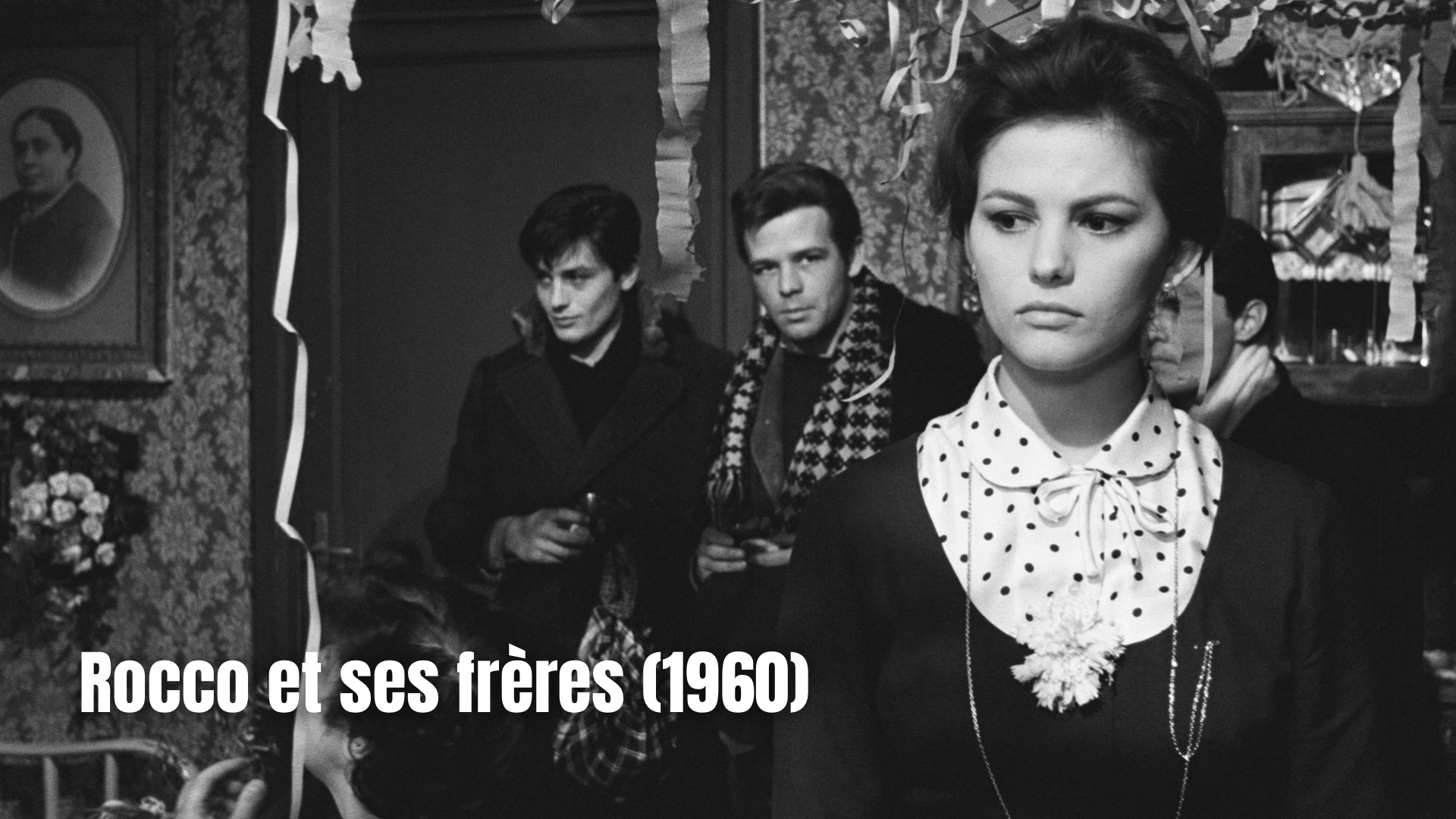Claudia Cardinale: The Timeless Star of European Cinema
Brigitte Bardot, Sophia Loren, and Claudia Cardinale—three names that defined European cinema and captivated audiences far beyond the continent. Each brought something unique to the screen: Bardot’s rebellious sensuality, Loren’s passionate intensity, and Cardinale’s striking blend of mystery and strength. While all three achieved international recognition, Cardinale carved her own path, balancing between the grandeur of Italian cinema, the sophistication of French filmmaking, and occasional ventures into Hollywood. She was not just an actress; she was a presence—one that directors and audiences alike could not ignore.
A Reluctant Star Who Became Unforgettable
Born to Sicilian parents in Tunisia, Claudia Cardinale never envisioned a career in acting. In fact, she initially rejected the idea when, at 18, she won a beauty contest that promised her a path to film stardom. Yet, the film industry saw something in her—a depth, an intensity, an undeniable magnetism. When she finally stepped in front of the camera, it became clear: this was not just another starlet; this was an actress with the power to command the screen.
Collaborating with the Greatest Directors
Her rise in cinema was nothing short of spectacular. In Rocco and His Brothers (1960), directed by Luchino Visconti, she played Nadia, a woman caught in a tragic web of love and betrayal. Visconti cast her again in The Leopard (1963), where she portrayed Angelica Sedara, a woman navigating the shifting power structures of 19th-century Sicily. In that film, she held her own alongside Burt Lancaster and Alain Delon, proving she was more than just a beautiful face—she was a performer of depth and precision.
That same year, Federico Fellini cast her in 8½ (1963), a film that would become one of cinema’s greatest masterpieces. As the enigmatic Claudia, she embodied the muse of Marcello Mastroianni’s tormented filmmaker, bringing an ethereal yet grounded presence to the surreal narrative. Then came Once Upon a Time in the West (1968), Sergio Leone’s epic Western, where she played Jill McBain, a woman who survives against all odds in a brutal, lawless world. It was a role that defied the passive female archetypes of the genre, cementing her as a symbol of resilience and power.
Strength in the Face of Controversy
Off-screen, Cardinale’s life had its share of challenges. At just 20 years old, she gave birth to her son, Patrick, under circumstances she later revealed were deeply traumatic. To protect her career, her producer, Franco Cristaldi, insisted on keeping the truth hidden, forcing her to present him as her younger brother for years. It was a painful chapter in her life, yet one that she eventually reclaimed, speaking openly about it with the same quiet strength that defined her on-screen roles.
Then, decades later, another controversy arose. In 2017, the Cannes Film Festival used an iconic photo of her for its official poster—but with her waist digitally slimmed, her curves altered. The backlash was immediate, with many calling out the industry’s obsession with unrealistic beauty standards. Yet, Cardinale remained unfazed. “This is art, not reality,” she responded, once again demonstrating her unshakable perspective on fame, beauty, and self-worth.
An Enduring Legacy
Claudia Cardinale’s career spans more than six decades, yet her impact on cinema remains as strong as ever. She was never defined by just one genre, one director, or one country. She navigated the worlds of Italian neorealism, French drama, and Hollywood spectacle with a rare versatility. More than anything, she remains a testament to the power of presence—an actress who didn’t need grand gestures to captivate an audience, only the quiet force of her being.
Her legacy is not just in the films she made, but in the strength, intelligence, and authenticity she brought to every role. And that, after all, is what makes a legend.



